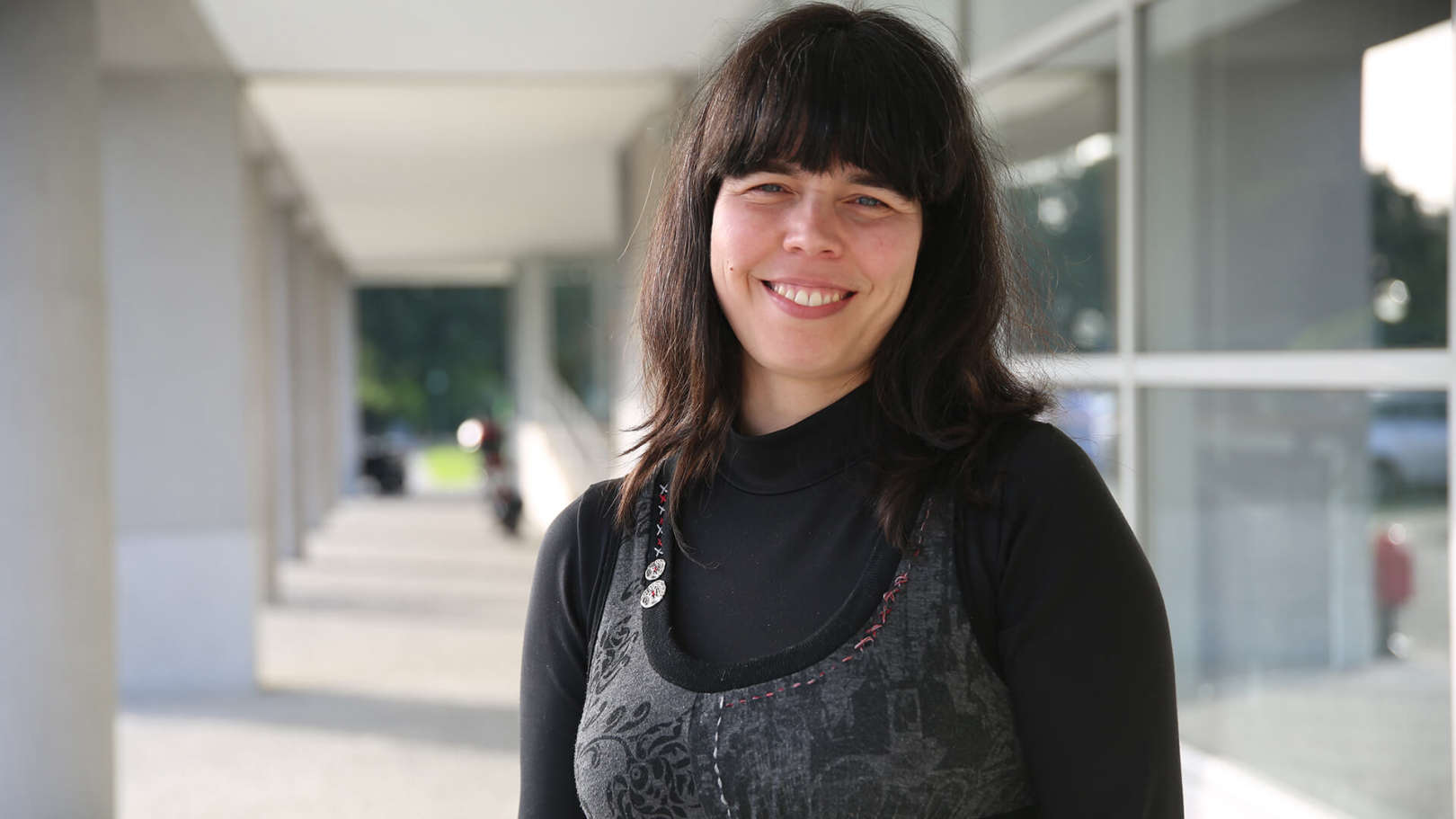About
Ph.D. in Computer Engineering, master in Biomedical Engineering and graduated in Electrical and Computer Engineering by FEUP (Faculdade de Engenharia da Universidade do Porto). Worked at Infineon Technologies, Mindelo, Portugal, at CERN - Center Europeénne pour la Recherche Nucléaire, Geneva, Switzerland as Informatics Engineer and at ProjectBox, Viseu, Portugal, at the Computer Vision department.
She has been a public college professor since 2008. She is currently an adjunct professor at ESMAD - Escola Superior de Media Artes e Design, Vila do Conde, Portugal. She was a researcher at the LOME - Laboratory of Optics and Experimental Mechanics at FEUP. She currently collaborates with INESC - TEC (Institute of Systems and Computer Engineering - Technology and Science) at the Telecommunications and Multimedia Center, focusing on the areas of image processing and computer vision research. Has several articles published in national and international magazines and a book published in the field of Computer Vision.


